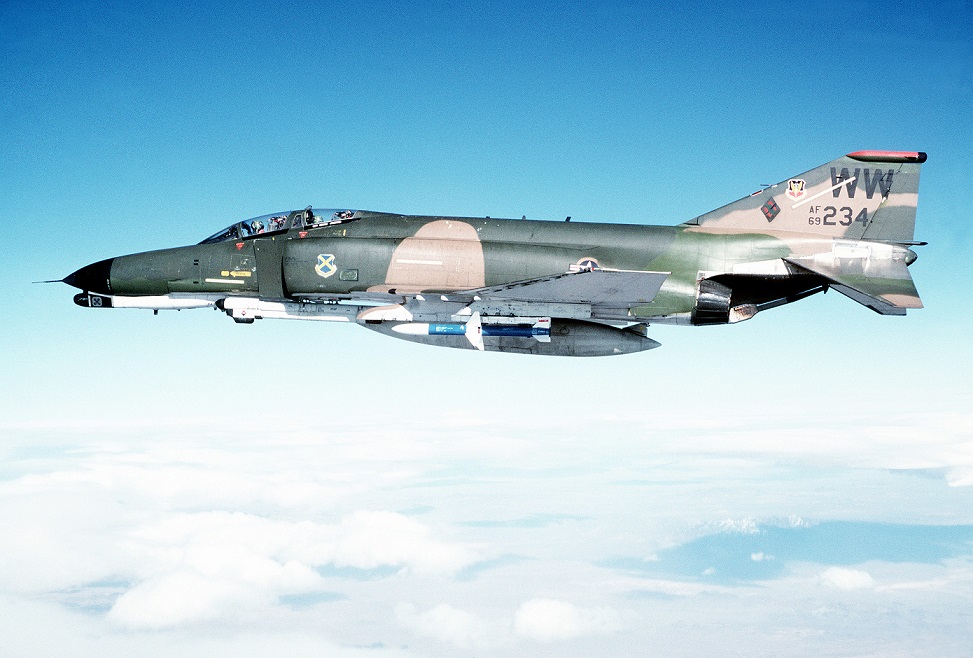This post is also available in:
 עברית (Hebrew)
עברית (Hebrew)
By Arie Egozi
Iran is deceiving most of the world, not because it is smarter but because the rest of the world or most of it does not understand the real intentions of this country.
Last week, the United States suffered a setback when the United Nations Security Council rejected a proposal to indefinitely extend an arms embargo on Iran, with even America’s strongest allies refusing to buckle under pressure from the Trump administration to take a harder line.
But the defeat was expected. The world is either stupid or wants to sell weapon systems to Iran.
While the Iranian government has been trying to convince some European countries to break the arms embargo and supply advanced weapon systems to the Iranian defense forces, Tehran is negotiating huge arms deals with Russia.
The Iranian message – lift the embargo or we will totally walk out of the nuclear agreement.
Iran is trying to sign huge contracts for weapon systems with Russia. In recent weeks, Russian officials said that there was no reason to extend the arms embargo.
The Russian declaration: “The United States cannot demand an extension of the arms embargo against Iran because it has not been involved in the Iran nuclear deal for two years,” Vasily Alekseevich Nebenzya, the Russian ambassador to the U.N was quoted by the Russian media.
“I see no reason to impose an arms embargo on Iran. Technically, it was not even an embargo, but a certain quota for purchase. That limitation will expire on October 18.”
According to Russian media, Iran plans to spend billions of dollars on the purchase of Russia’s Pantsir-S1 air defense system, along with its state-of-the-art S-400 system, currently only owned by Turkish military forces in the Middle East.
The negotiations are also on a possible purchase of fighter aircraft.
Israeli sources say that while most European countries still believe that the Iranians fulfill some of the agreement’s clauses, the U.S and Israel have solid proof that “the agreement is a dead body.”
Iran operates old platforms and while its defense industry is struggling to develop systems, either by reverse engineering or based on systems purchased from other countries like China and North Korea, it still needs some main platforms.
The Iranian government said it had told Washington that an extension of the U.S arms embargo would “face a severe reaction.”
The Iranian need for advanced weapon systems is critical. In the current situation, the Iranian Air Force is upgrading old U.S-made fighter aircraft to maintain some kind of aerial power. This power may be used mainly to attack ships in the Gulf with Iranian-made weapon systems. “The lack of retaliation either by the Saudis or the U.S to the recent attack on the Saudis oil installations, signals to Tehran that it may repeat similar attacks,” an Israeli defense source said.
In recent weeks, the Iranians have unveiled an upgrade of their old U.S-made F-4.
The Iranians have begun to use a new simulator that they claim “will allow pilots to carry out advanced tactics.”
The upgrade also includes the installation of a new radar, the Iranians claim was developed locally.
The Iranians have also manufactured some spare parts for the old fighter aircraft, since these are not available on the market, not even by the use of straw companies that the Iranians operate for these purposes.
During the 1960s and 1970s, Iran purchased 225 F-4s. After the Islamic revolution, the U.S imposed an embargo on Iran, including a full halt to all shipments of spare parts.
The situation of the Iranian F-4 fleet has been deteriorating and has become dangerous. Many aircraft crashed due to malfunctions, after being disabled due to a lack of spare parts. Reports point to a plan based on cannibalizing some F-4’s, to use them as spare parts.
Later on, the Iranians began to manufacture the aircraft parts themselves, or they succeeded in getting their hands on the parts that circulated through the black market.
According to updated data, six of the service’s 16 squadrons comprise F-4’s from three variants – F-4D, F-4E and RF-4E. The third was originally designed for high altitude reconnaissance but has since been modified for combat.
Recent reports claim that the Iranian air force has some 45 F-4’s in operational status “full or partial”.
Israeli sources say that the Iranians are investing in the upgrade of the old F-4’s to be able to target ships in the waters of the Persian Gulf, particularly the narrow but strategically positioned Straits of Hormuz.
In parallel to upgrading the old aircraft, the Iranian defense industry has developed some types of air launched anti-ship missile systems. The Nasr anti-ship cruise missile is a direct derivative of the Chinese C-704.
With a range of 21 miles, the missile has been modified to be deployed from Iranian F-4 fighter aircraft.
The Iranians have also deployed a second anti-ship missile also based on an advanced Chinese design. The Qader medium-range cruise missile, derived from the Chinese C-802 supersonic missile, is capable of striking targets up to 125 miles away.
In spite of the sanctions, Iran has been equipping its army with relatively advanced weapon systems. Some of these were used in the recent attack on the Saudi oil installations.
These included seven cruise misses, designated Qudas 1, that were powered by jet engines built in Iran based on a Czech engine, and eight loitering weapon systems that were developed in Iran based on technology acquired in other countries.
While the targeting method used is not known, the Israeli experts point to the accuracy of the weapon systems that have “hit exactly where they should.”
The experts add that the weapon systems were launched either from south–east Iran or by Iranian allies in Iraq.
The examination of the cruise missiles’ debris enabled the experts to identify the missile as the “Sumar” Or “Hoveyze “, two versions of the Russian-made missiles.
In 2001, Iran purchased from Ukraine at least 12 KH-55 Russian-made cruise missiles.
According to updated intelligence, the Iranians have been allocating large sums of money to upgrade the existing arsenal of cruise missiles and develop new ones, understanding that while protection against ballistic missiles has reached a high level of maturity, the protection against cruise missiles is still lacking capabilities.

Arie Egozi, iHLS Editor-in-Chief


























